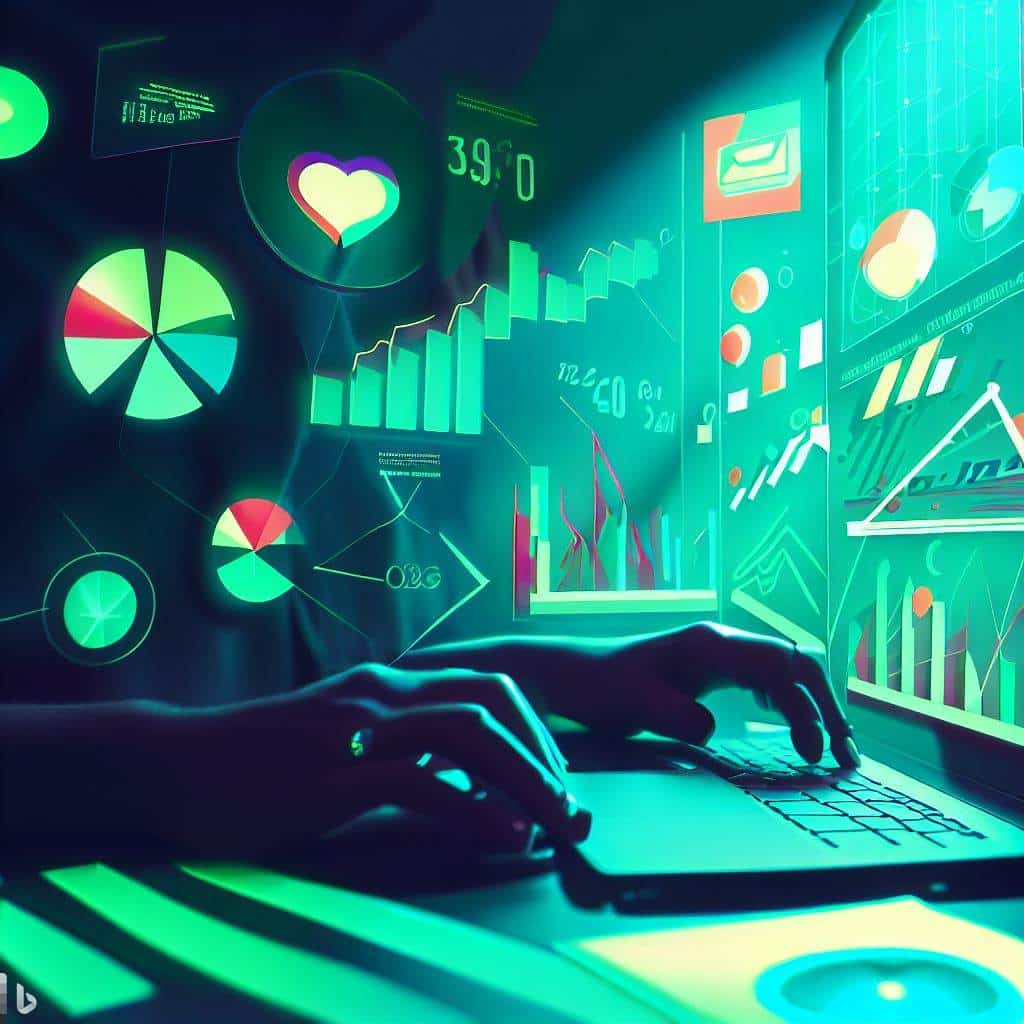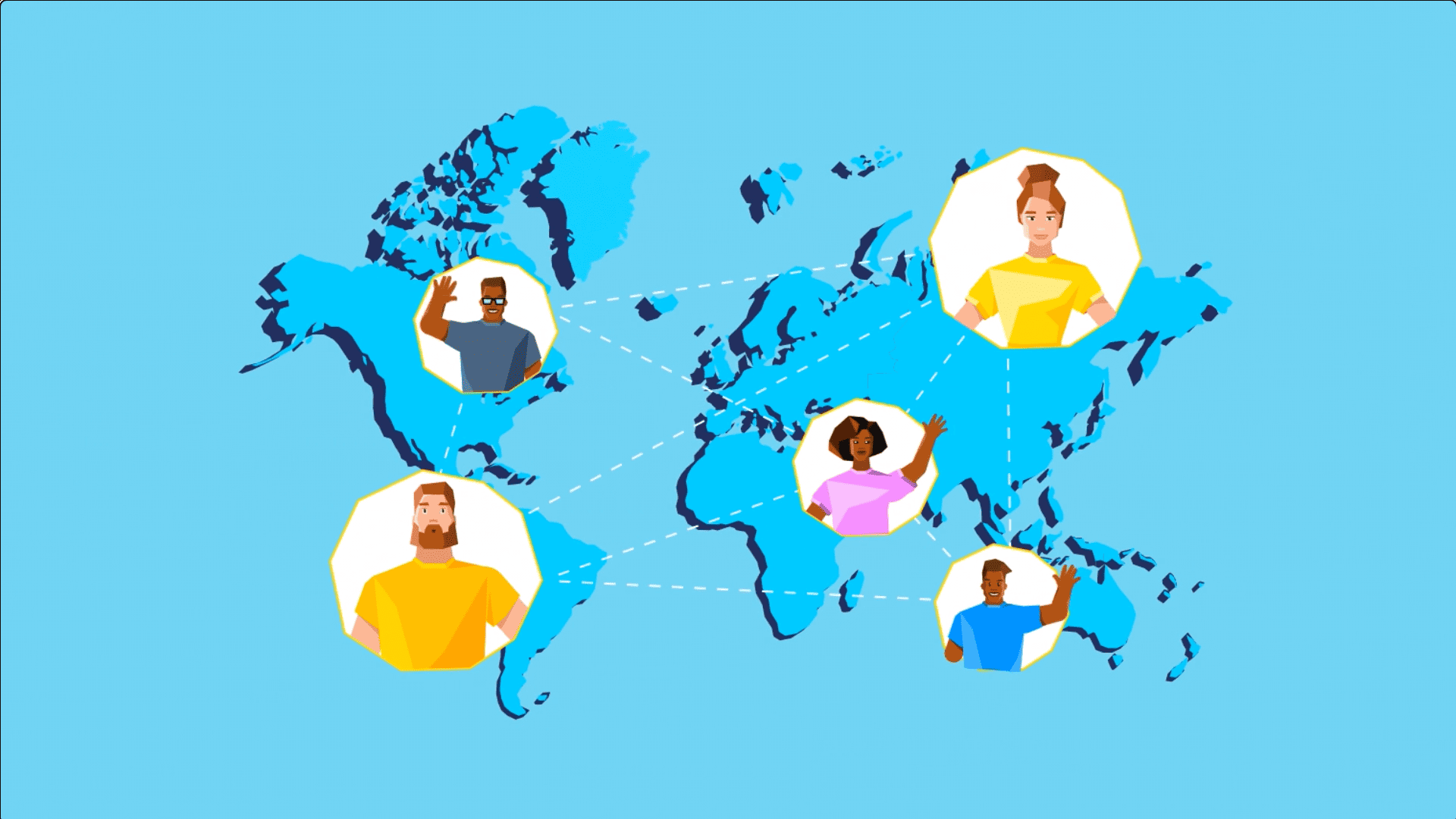Viral marketing is a powerful strategy that can help you reach millions of potential customers with minimal cost and effort. But what makes some content go viral while others fade into obscurity? The answer lies in the psychology behind viral marketing and how it influences human behavior.
In this post, we will reveal the 7 secrets of viral marketing psychology that will boost your business and help you create viral campaigns with Viralify, your viral marketing growth partner. We will also provide some examples of successful viral videos that illustrate these principles in action.
What is Viral Marketing?
Viral marketing is a form of word-of-mouth marketing that relies on social media platforms to spread a message or a piece of content to a large audience. The goal of viral marketing is to create content that is so engaging, entertaining, or informative that people want to share it with their friends, family, and followers.
Viral marketing can have many benefits for your business, such as:
- Increasing brand awareness and recognition
- Generating organic traffic and leads
- Building trust and credibility
- Enhancing customer loyalty and retention
- Boosting sales and conversions
However, not all content can go viral. According to a study by Reichstein and Brusch, the decision-making process of individuals in viral marketing is divided into two stages:
- Content reception: Whether the individual decides to view the content or not.
- Content interaction: Whether the individual decides to share the content or not.
These two decisions are influenced by three factors: the framework conditions (such as the platform, the source, and the timing), the content (such as the format, the quality, and the message), and the interaction aims (such as the motivation, the emotion, and the reward).
Therefore, to create viral content, you need to understand how these factors affect your target audience and how you can optimize them for maximum impact.
The 7 Secrets of Viral Marketing Psychology
Here are the 7 secrets of viral marketing psychology that will help you create viral campaigns with Viralify:
1. Trigger Emotions
One of the most important factors that influence viral sharing is emotion. Emotions are powerful drivers of human behavior and decision-making. They can also affect how we perceive and remember information.
According to a study by Nikolinakou and King, specific positive emotions can trigger viral sharing by activating different types of sharing expressions that relate to emotional connection and emotional generosity. For example:
- Awe: A feeling of wonder, admiration, or amazement that inspires curiosity and exploration. Awe can prompt people to share content that expands their worldview or challenges their assumptions.
- Affection: A feeling of love, warmth, or tenderness that fosters intimacy and attachment. Affection can prompt people to share content that expresses their feelings or shows appreciation for others.
Some examples of viral videos that elicit awe and affection are:
- The Lion Whisperer: A video that shows a man interacting with lions in a way that defies common sense and fear.
- Dove Real Beauty Sketches: A video that reveals how women perceive themselves differently from how others see them.
2. Tell Stories
Another factor that influences viral sharing is storytelling. Stories are an effective way to communicate information, persuade others, and evoke emotions. Stories can also help people relate to your brand, your message, and your values.
According to a study by Berger, stories can increase virality by providing social currency (the value that people get from sharing something interesting or useful), emotion (the feelings that stories generate), public (the visibility and observability of your content), practical value (the usefulness and applicability of your content), and triggers (the cues that remind people of your content).
Some examples of viral videos that use storytelling are:
- Dollar Shave Club: A video that introduces a subscription service for razors with humor, personality, and simplicity.
- Always #LikeAGirl: A video that challenges the stereotypes and prejudices associated with doing something “like a girl”.
3. Appeal to Curiosity
A third factor that influences viral sharing is curiosity. Curiosity is a natural desire to learn more about something that is unknown, surprising, or intriguing. Curiosity can motivate people to seek out new information, experiences, and opportunities.
According to a study by Loewenstein, curiosity can be triggered by creating a gap between what people know and what they want to know. This gap can be filled by providing relevant, valuable, or entertaining information that satisfies their curiosity.
Some examples of viral videos that appeal to curiosity are:
- Will It Blend?: A series of videos that test the power of a blender by blending various objects such as iPhones, golf balls, and glow sticks.
- How Does a Homeless Man Spend $100?: A video that follows a homeless man who receives $100 as a gift and how he spends it.
4. Use Social Proof
A fourth factor that influences viral sharing is social proof. Social proof is a psychological phenomenon where people tend to follow the behavior or opinions of others who are similar to them or who they trust or admire. Social proof can also create a sense of belonging, validation, or conformity.
According to a study by Cialdini, social proof can be used to persuade others by showing them evidence of popularity, authority, consensus, scarcity, reciprocity, or liking. These principles can increase the perceived value, credibility, or attractiveness of your content.
Some examples of viral videos that use social proof are:
- Old Spice The Man Your Man Could Smell Like: A video that uses humor, charisma, and absurdity to promote a men’s fragrance brand.
- ALS Ice Bucket Challenge: A video campaign that challenges people to dump a bucket of ice water over their heads or donate money to support research on amyotrophic lateral sclerosis (ALS).
5. Add Surprise
A fifth factor that influences viral sharing is surprise. Surprise is an emotion that occurs when something unexpected or unusual happens. Surprise can capture attention and stimulate curiosity, interest, and excitement. Surprise can also enhance memory and recall of your content.
According to a study by Heath, surprise can be created by breaking a pattern, challenging a belief, or revealing a secret. These techniques can make your content more memorable, remarkable, and shareable.
Some examples of viral videos that add surprise are:
- Heineken The Entrance: A video that shows a man making a spectacular entrance at a party with various stunts and encounters.
- KONY 2012: A video that exposes the atrocities committed by a warlord in Uganda and calls for his arrest.
6. Create Value
A sixth factor that influences viral sharing is value. Value is the perceived benefit or usefulness of something for someone. Value can motivate people to share content that can help them or others achieve their goals, solve their problems, or improve their lives.
According to a study by Hennig-Thurau et al., value can be created by providing information (such as facts, tips, or insights), entertainment (such as humor, drama, or emotion), or incentives (such as rewards, discounts, or recognition). These types of value can increase the likelihood of sharing your content.
Some examples of viral videos that create value are:
- How to Tie a Tie: A video that teaches a simple and quick way to tie a tie.
- Evian Baby&Me: A video that shows adults dancing with their baby versions in a mirror.
7. Be Creative
A seventh factor that influences viral sharing is creativity. Creativity is the ability to produce something new, original, or unique. Creativity can make your content stand out from the crowd, attract attention, and inspire admiration.
According to a study by Berger and Milkman, creativity can be enhanced by using novelty (something new or different), divergence (something unexpected or unusual), or aesthetics (something beautiful or pleasing). These elements can make your content more appealing, engaging, and viral.
Some examples of viral videos that are creative are:
- OK Go This Too Shall Pass: A video that features a complex and synchronized Rube Goldberg machine.
- Chipotle Back to the Start: A video that tells the story of a farmer who returns to sustainable farming with stop-motion animation.
How to Create Viral Campaigns with Viralify
Now that you know the secrets of viral marketing psychology, you might be wondering how to apply them to your own business. That’s where Viralify comes in.
Viralify is your viral marketing growth partner that helps you create viral campaigns that boost your business. Viralify employs various tools to create campaigns for businesses such as:
- Video production: Viralify can help you produce high-quality videos that showcase your brand, your product, or your message in a captivating way.
- Content distribution: Viralify can help you distribute your content to the right platforms, channels, and audiences to maximize your reach and exposure.
- Social media management: Viralify can help you manage your social media accounts and interactions to increase your engagement and loyalty.
- Analytics and optimization: Viralify can help you measure and analyze your campaign performance and optimize your strategy for better results.
With Viralify, you can leverage the power of viral marketing psychology to create viral campaigns that will boost your business. Whether you want to increase your brand awareness, generate more leads, or drive more sales, Viralify can help you achieve your goals.
Conclusion
Viral marketing is a powerful strategy that can help you reach millions of potential customers with minimal cost and effort. But to create viral content, you need to understand the psychology behind viral marketing and how it influences human behavior.
In this post, we revealed the 7 secrets of viral marketing psychology that will boost your business and help you create viral campaigns with Viralify:
- Trigger emotions
- Tell stories
- Appeal to curiosity
- Use social proof
- Add surprise
- Create value
- Be creative
By applying these principles to your content creation and distribution, you can increase the chances of your content going viral and achieving your business objectives.
If you want to learn more about how Viralify can help you create viral campaigns for your business, contact us today for a free consultation.
FAQs
Here are some frequently asked questions about viral marketing psychology:
Q: What is the difference between viral marketing and word-of-mouth marketing?
A: Word-of-mouth marketing is a broader term that refers to any form of marketing that relies on people sharing information or opinions about a product or service with others. Viral marketing is a specific type of word-of-mouth marketing that uses social media platforms to spread a message or a piece of content to a large audience in a short period of time.
Q: What are some examples of viral marketing campaigns?
A: Some examples of viral marketing campaigns are:
- Old Spice The Man Your Man Could Smell Like: A video campaign that used humor, charisma, and absurdity to promote a men’s fragrance brand.
- Dove Real Beauty Sketches: A video campaign that revealed how women perceive themselves differently from how others see them.
- ALS Ice Bucket Challenge: A video campaign that challenged people to dump a bucket of ice water over their heads or donate money to support research on amyotrophic lateral sclerosis (ALS).
- KONY 2012: A video campaign that exposed the atrocities committed by a warlord in Uganda and called for his arrest.
- Evian Baby&Me: A video campaign that showed adults dancing with their baby versions in a mirror.
Q: How do I measure the success of my viral marketing campaign?
A: There are different metrics that you can use to measure the success of your viral marketing campaign, such as:
- Views: The number of times your content was viewed by users.
- Shares: The number of times your content was shared by users on social media platforms.
- Comments: The number of comments your content received from users on social media platforms.
- Likes: The number of likes or reactions your content received from users on social media platforms.
- Clicks: The number of clicks your content generated from users on social media platforms.
- Leads: The number of leads or prospects your content generated from users on social media platforms.
- Sales: The number of sales or conversions your content generated from users on social media platforms.
You can use tools such as Google Analytics, Facebook Insights, YouTube Analytics, or Viralify’s own analytics platform to track these metrics and optimize your campaign performance






